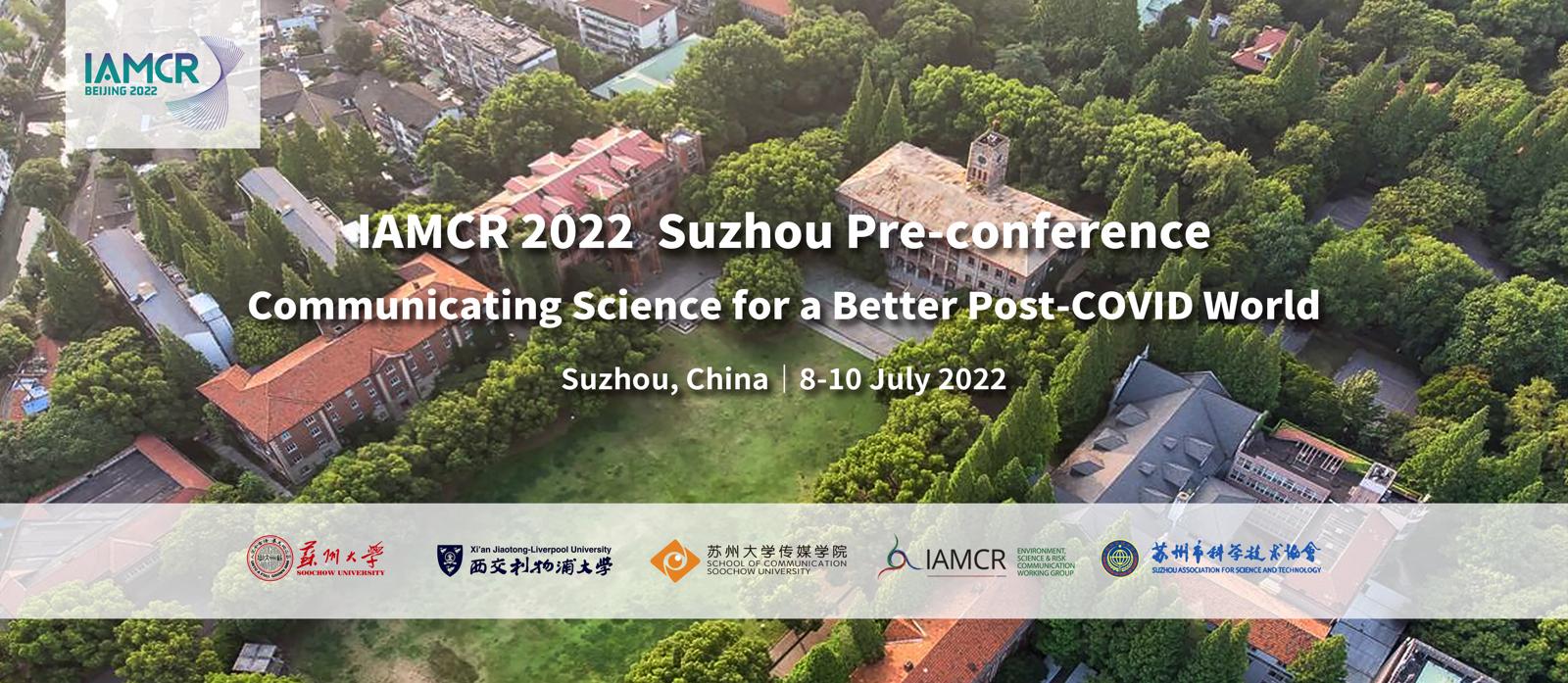The COVID-19 pandemic has infected 79,568,137 people and claimed the lives of 968,663 people in the U.S., as of March 18, 2022. In December of 2020, the U.S. began its best defense against COVID-19 with vaccination. But despite the benefits that COVID-19 vaccines offer, being highly effective at preventing serious disease, hospitalization, and death, and their low risks, only about 65% of the total U.S. population have been fully vaccinated, as of this writing. Vaccine hesitancy has left many Americans vulnerable and at risk of infection, severe illness, and even death.
The risk-as-feelings hypothesis argues that cognitive evaluations of risk and emotional responses to risk play key roles in decision making. Relying upon this hypothesis, we proposed a model that assumes that “risk perception about COVID-19,” “risk perception about vaccine,” “benefit perception about vaccine,” “worry about COVID-19” and “worry about vaccine” influence “intention to take a COVID-19 vaccine.” We will also test the mediation role of information-seeking in the relationships between risk perception/benefit perception/worry and vaccine intention.
Method
We collected data from undergraduate students taking various classes at a university in the Southern U.S. during Fall 2021.
Measures
Vaccine intention was measured by three items including “I intend to get myself vaccinated against COVID-19.”
Risk perception about COVID-19 was assessed by multiplying two items: “What do you think is the chance that you would contract COVID-19 sometime in the future?” and “If you contracted COVID-19 sometime in the future, how severe do you think your illness would be?”
Risk perception about vaccine was assessed by multiplying two items: “If you have NOT received any COVID-19 vaccine, what do you think is the chance that you would experience side effects after receiving a COVID-19 vaccine?” and “If you have NOT received any COVID-19 vaccine, how severe do you think your side effects would be after receiving a COVID-19 vaccine?”
Benefit perception about vaccine was measured by three items including “getting myself vaccinated will keep me from getting COVID-19.”
Worry about COVID-19 was measured by “during the past month, how often have you felt worried about contracting COVID-19 sometime in the future?”
Worry about vaccine was measured by “during the past month, how often have you felt worried about experiencing side effects after receiving a COVID-19 vaccine?”
Information-seeking was measured by “during the past month, how often did you search for information regarding COVID-19 vaccines?”
Anticipate findings
Higher risk perceptions about COVID-19, lower risk perceptions about vaccine, higher benefit perceptions about vaccine, higher worries about COVID-19 and lower worries about vaccine lead to higher vaccine intention. The effect of risk perception/benefit perception/worry on vaccine intention is mediated by information-seeking.
Contributions to the field
This study will contribute to the Risk Communication field by testing the risk-as-feelings hypothesis in the context of COVID-19 vaccine. Findings will also provide insights regarding information-seeking as a theoretical pathway linking cognitive evaluations or feelings to health decision-making. Those findings may inform communication campaign strategies in terms of communicating science/risk to the public for a better post-COVID world.

 京公网安备 11010802039275号
京公网安备 11010802039275号